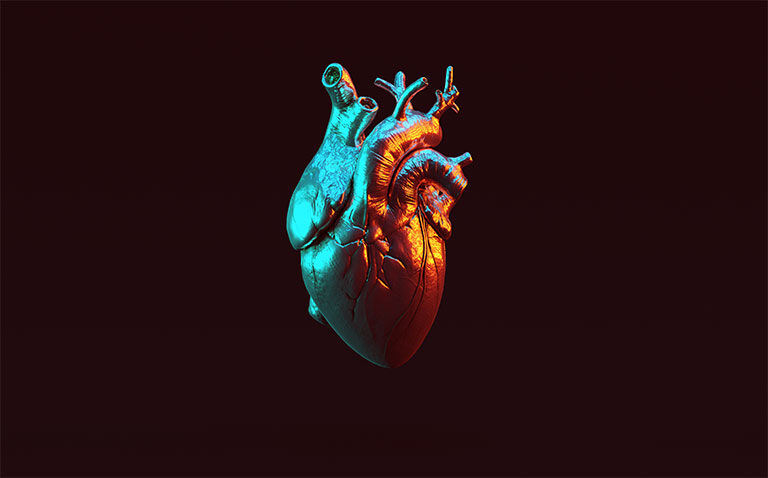A comprehensive Heart Cell Atlas developed using single cell and spatial genomics combined with computational techniques has uncovered cellular niches in eight regions of the human heart.
In a study published in Nature, researchers produced the most detailed and comprehensive human Heart Cell Atlas to date, including the specialised tissue of the cardiac conduction system, which has not previously been understood at such a detailed level in humans.
The study forms part of the international Human Cell Atlas (HCA) initiative, which is mapping every cell type in the human body, to transform understanding of health and disease. The assembly of an atlas for the heart cells and function is considered particularly essential given how cardiovascular diseases are the leading cause of global deaths and rising.
Understanding drug action
As part of the study, the researchers developed a new computational tool that is able to predict drug targets and side effects. This Drug2cell tool is able to leverage single-cell profiles and the 19 million drug-target interactions in the European Bioinformatics Institute’s ChEMBL database, which brings together chemical, bioactivity and genomic data to aid the translation of genomic information into effective new drugs.
Using Drug2cell, researchers identified that pacemaker cells serve as a target for specific medicines such as GLP1 drugs for diabetes and weight loss. While a recognised side effect from these drugs is an increased heart rate, exactly how this occurred was unclear. The Drug2cell tool suggested that GLP1 drugs had a direct action on pacemaker cells and this was confirmed using an experimental stem cell model.
Dr Michela Noseda, senior lecturer in cardiac molecular pathology at the National Heart and Lung Institute at Imperial College London, and a lead author on the current study, said: ‘We often don’t fully know what impact a new treatment will have on the heart and its electrical impulses – this can mean a drug is withdrawn or fails to make it to the market. Our team developed the Drug2cell platform to improve how we evaluate new treatments and how they can affect our hearts, and potentially other tissues too. This could provide us with an invaluable tool to identify new drugs which target specific cells, as well as help to predict any potential side effects early on in drug development‘.
A distinctive repertoire of ion channels, G-protein-coupled receptors, regulatory networks and implicated FOXP2 in the pacemaker phenotype was also observed in the study. The researchers identified how the sinoatrial node is compartmentalised, with a core of pacemaker cells, fibroblasts and glial cells supporting glutamatergic signalling.
Taken together, the study offers greater clarity to cardiac electro-anatomy and immunology. Moreover, the researchers believe their suite of computational approaches can be applied to other tissues and organs. The work in the current study, builds on earlier work in 2020, also published in Nature, in which the research team were able to characterise six anatomical adult heart regions using state-of-the-art analyses of large-scale single-cell and single-nucleus transcriptomes.
The Human Cell Atlas explained
The HCA programme, founded in 2016, was designed to create comprehensive reference maps of all human cells as a basis for both understanding human health and diagnosing, monitoring, and treating disease. Since 2016, the HCA has grown to include more than 2,900 HCA members, from over 1,500 institutes and 94 countries around the world. It brings together an international community of biologists, clinicians, technologists, physicists, computational scientists, software engineers and mathematicians.
Using cutting-edge single-cell and spatial genomics combined with computational techniques, HCA researchers are able to determine which of the 20,000 genes in an individual cell are switched on, creating a unique ‘ID card‘ for each cell type. This allows the scientists to discover new cell types and functions.
With additional rapidly-evolving spatial analysis methods, HCA scientists map these individual cells into precise locations in organs and tissues, and understand the cell functions and relationships with their neighbours.










